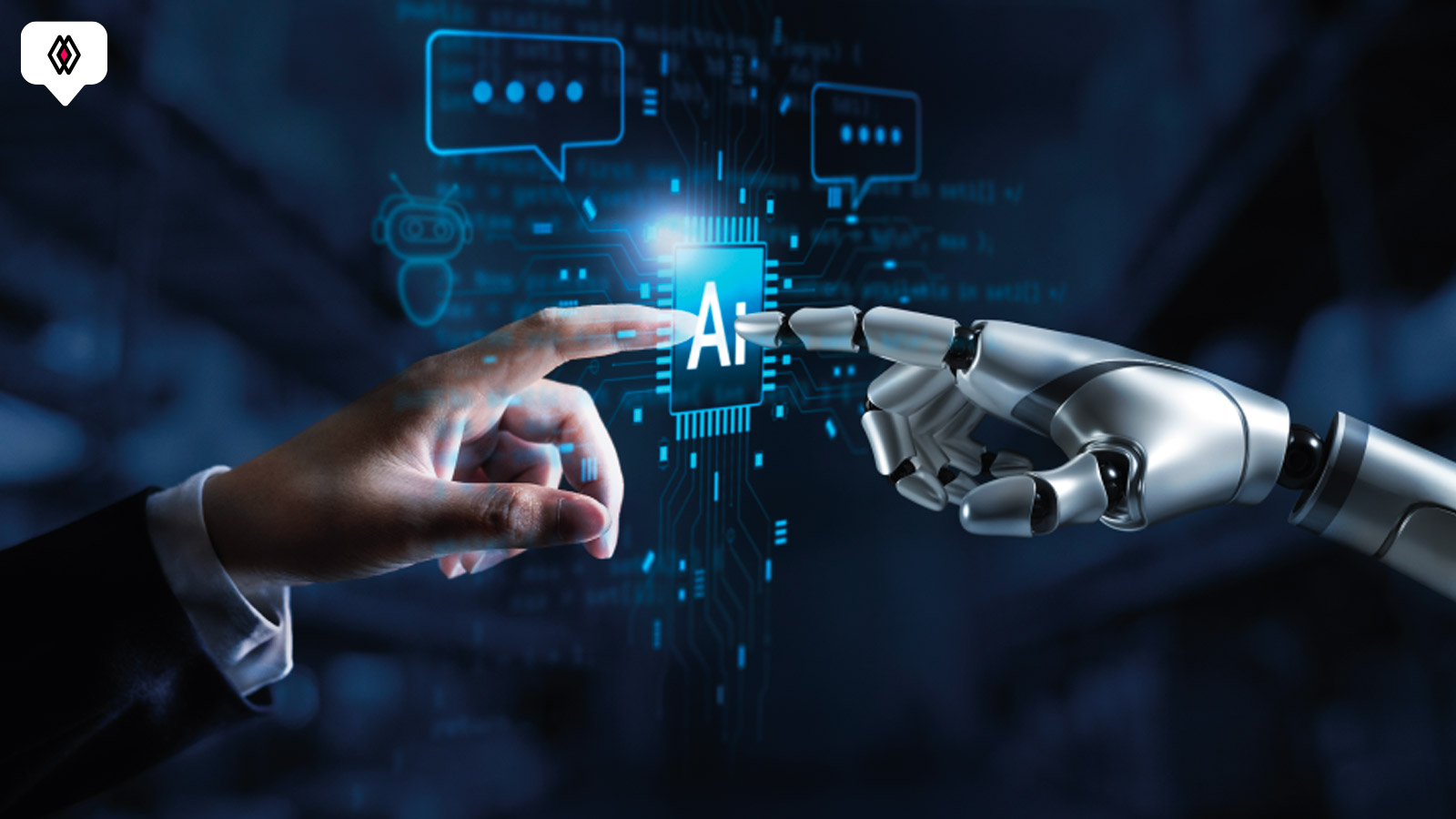What’s Happening in the Market?
An update from the Vyvo Group
What an explosive start to the new year for the world of Artificial Intelligence! As 2024 came to a close, the AI titans, Google and OpenAI, unleashed a flurry of groundbreaking announcements, revealing their brand-new models to the world. OpenAI started the campaign “12 Days of OpenAI” with announcements published each day and Google responded heavily. The rivalry was so intense that some launches became overshadowed almost immediately by competing announcements. A prime example of this was Google’s surprise launch of the VEO2 video model, designed to outshine OpenAI’s long-anticipated SORA video model, mere hours after its debut.
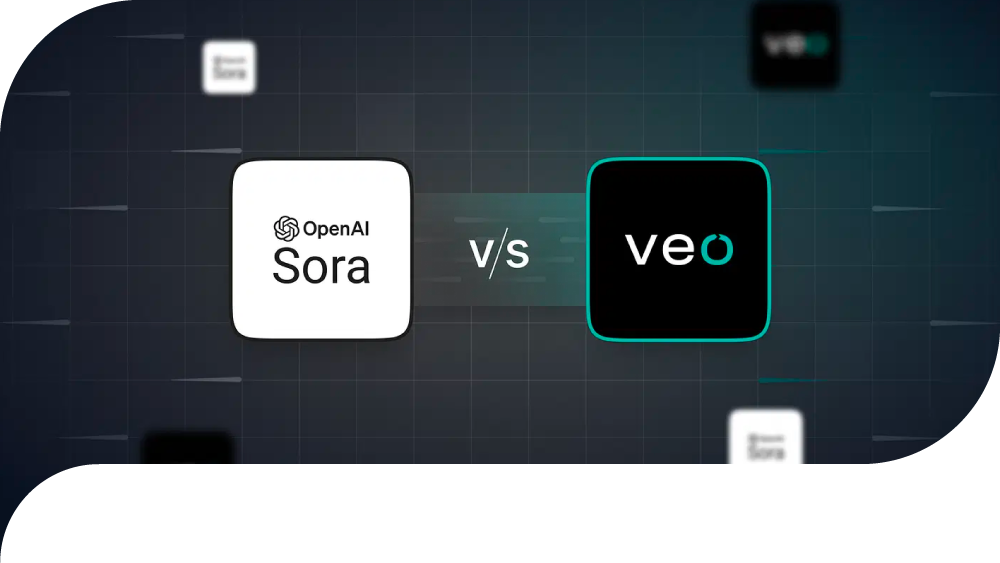
But Google wasn’t done yet. They also unveiled a series of cutting-edge advancements across their AI ecosystem, further fueling the competition:
- Gemini 2.0 Flash: A test version of Google’s AI model designed for faster response times and seamless interactive experiences. It supports multiple input and output types, showcasing the potential for multimodal applications.
- VEO2: Google’s state-of-the-art video generator that can produce hyper-realistic 4K video clips from text prompts. Users can adjust camera angles, filming options, and cinematic details, making it a game-changer in video synthesis. Early feedback from AI imagery experts has already crowned it the best video synthesis model yet.
- Imagen 3: Google’s latest text-to-image model, capable of creating images with unmatched detail, lighting, and composition across various art styles. This tool is set to redefine creativity for both professionals and hobbyists.
- Deep Research: A Gemini Advanced feature acting as a research assistant, capable of generating in-depth, detailed reports on user-defined topics.
- Google Gemini Live Demo: An impressive showcase of the Gemini AI model, demonstrating its ability to interact live using screen sharing, video, and audio inputs.
- NotebookLM Updates: A complete overhaul of Google’s document management tool, featuring a new interface, AI-powered Audio Overviews, and the advanced NotebookLM Plus version with extra features and higher limits.
- Whisk: A user-friendly tool for crafting and editing images with specific subjects, scenes, and styles — perfect for creatives and marketers alike.
- Project Astra Updates: Enhancements to Google’s agentic AI assistant, now using Gemini 2.0 for instant and accurate responses across Google services.
- Project Mariner: A Chrome extension built on Gemini 2.0 that helps users complete browser tasks by understanding web page content and providing actionable suggestions.
- Gemini 2.0 Flash Thinking: A runtime reasoning AI model similar to OpenAI’s o1, designed for solving tougher problems with extra inference runtime for increased accuracy.

And Then Came DeepSeek R1
Let’s break it down
Why DeepSeek R1 Is a Game-Changer
The real game-changer arrived in the opening days of 2025. A relatively small startup from China, operating with a modest $5.5 million budget, introduced DeepSeek R1, a new “chain-of-thought” reasoning AI model. This development disrupted the entrenched narrative that greater computational resources inevitably lead to better models. The debut of DeepSeek R1 sent shockwaves through the global AI industry, causing a $2 billion market disruption in the U.S., primarily impacting Nvidia. But why did this breakthrough cause such a seismic shift?
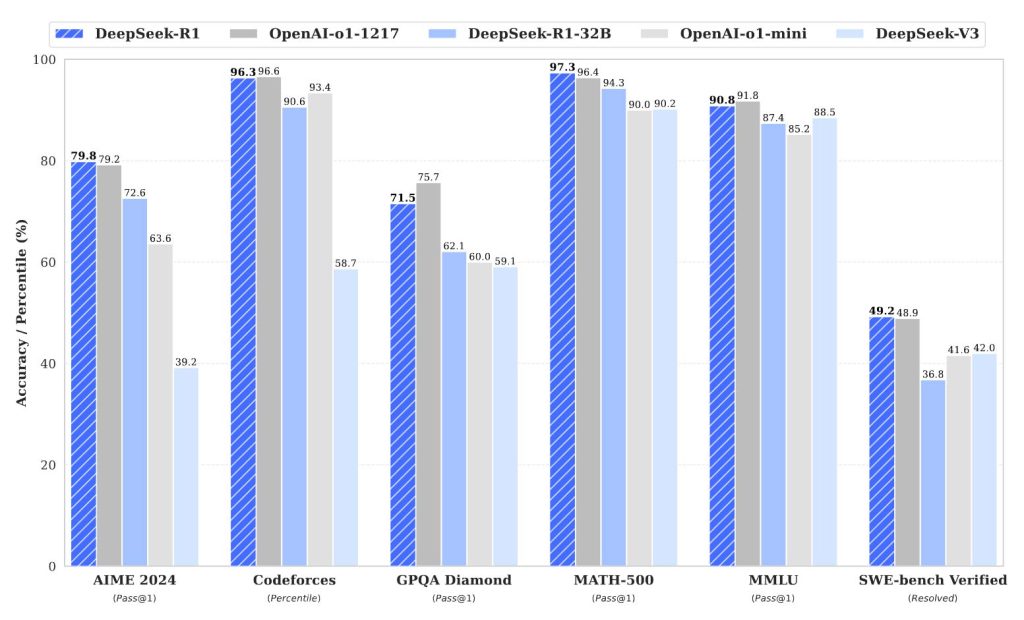
- Breaking the Cost Barrier
Before DeepSeek R1, training a state-of-the-art (SOTA) AI model was believed to require billions of dollars in infrastructure, computational power, and energy. DeepSeek accomplished this feat with just $5.5 million in six months — a fraction of the cost. - Mastery of Test-Time Compute
OpenAI’s o1 models pioneered the concept of test-time compute, where the model takes more time to “think” before delivering an answer. While this approach proved effective, no model replicated it as successfully as DeepSeek R1 — let alone surpassed it. - Consumer Appeal
DeepSeek didn’t stop at creating a powerful model; they launched their own portal and mobile app to compete directly with OpenAI’s ChatGPT. Astonishingly, as of today, DeepSeek’s app download numbers have surpassed ChatGPT’s in the U.S. market. - Disruptive API Pricing
DeepSeek introduced an API service fully compatible with OpenAI’s API, positioning itself as a direct alternative. Even more disruptive, their service costs an average of 95% less than OpenAI’s o1 models. - Open Source Triumph
Not only did DeepSeek deliver a new SOTA model, but they also released it nder an MIT license, allowing the entire world to use it freely — even for commercial purposes. - Open Weights and Research Accessibility
DeepSeek didn’t just stop with the model. They released the model weights, an extended research paper, and guidelines, enabling others to replicate their training process with ease. - Superior Distillations
DeepSeek developed distilled models based on Meta’s Llama and Qwen models. These compact models were so effective that their 7B parameter version outperformed OpenAI’s GPT-4o, a significant milestone in AI development.
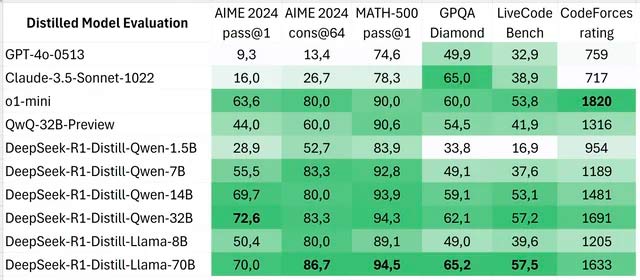
The Implications for the AI Race
Personal Thoughts
The market has seemingly overreacted to the notion that the balance of power in AI innovation has shifted from U.S.-based companies to those in China. However, the reality is far more nuanced. For one,Nvidia remains the dominant provider of GPU power worldwide, maintaining a significant technological edge over competitors. Additionally, new regulations enacted by the U.S. administration are poised to offer American companies a strategic advantage in both model training and inference, ensuring that the U.S. retains a favorable position in the AI race.
Furthermore, OpenAI has already announced its upcoming o3 models, which are expected to deliver reasoning capabilities that far surpass those of the o1 series — and by extension, DeepSeek R1. These advancements promise to redefine the standards of AI reasoning and ensure that the competitive landscape remains highly dynamic.
The competition is just beginning to heat up, and the coming months are sure to bring even more groundbreaking innovations as the rivalry between global AI giants continues to escalate. With each leap forward, the AI industry edges closer to a future where competition drives excellence, benefiting not just the companies involved, but the world at large.

Where Does VAI OS Fit into This?
The rapid acceleration of AI innovation is undeniable, and we’re fully prepared to ride the wave. By remaining model-agnostic, VAI OS guarantees that our users always have access to the most advanced tools and technologies, no matter who develops them. This strategic approach not only future-proofs our system but also aligns perfectly with our vision of fostering a dynamic and ever-evolving AI ecosystem. As the global AI race continues to push boundaries, our adaptable platform will thrive alongside it — delivering cutting-edge experiences to our users, powered by the best innovations the industry has to offer.
Final Thoughts
Hakan Kozaklı
CTO
Vyvo Group
Related Posts
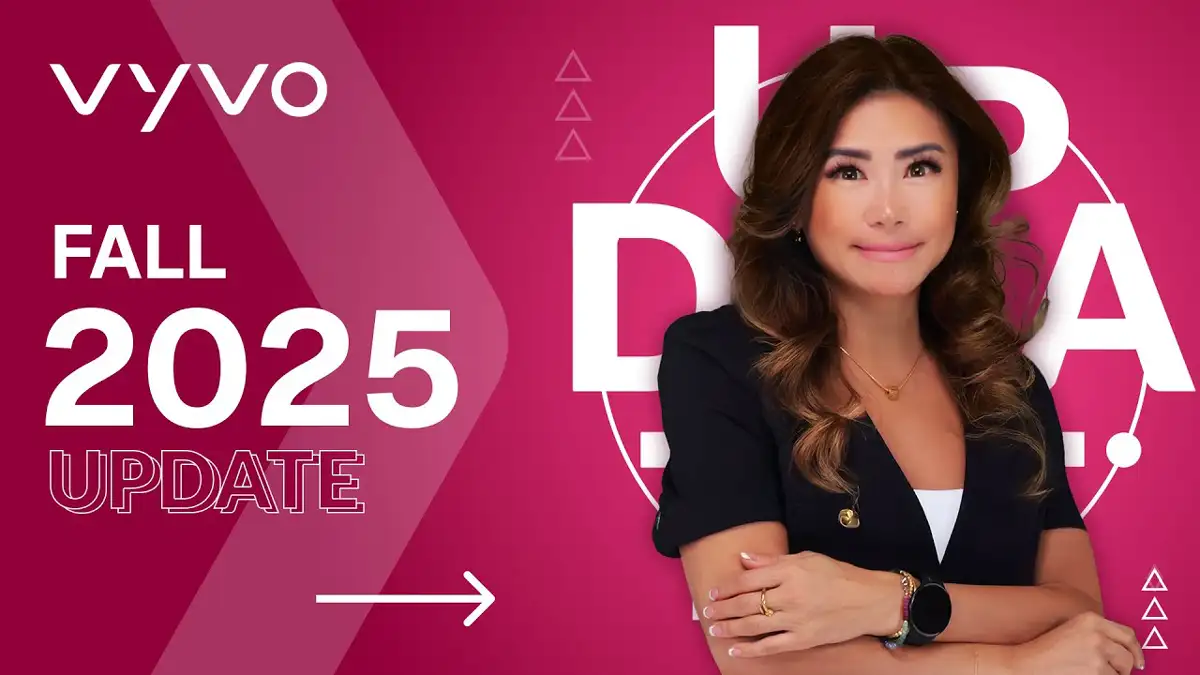
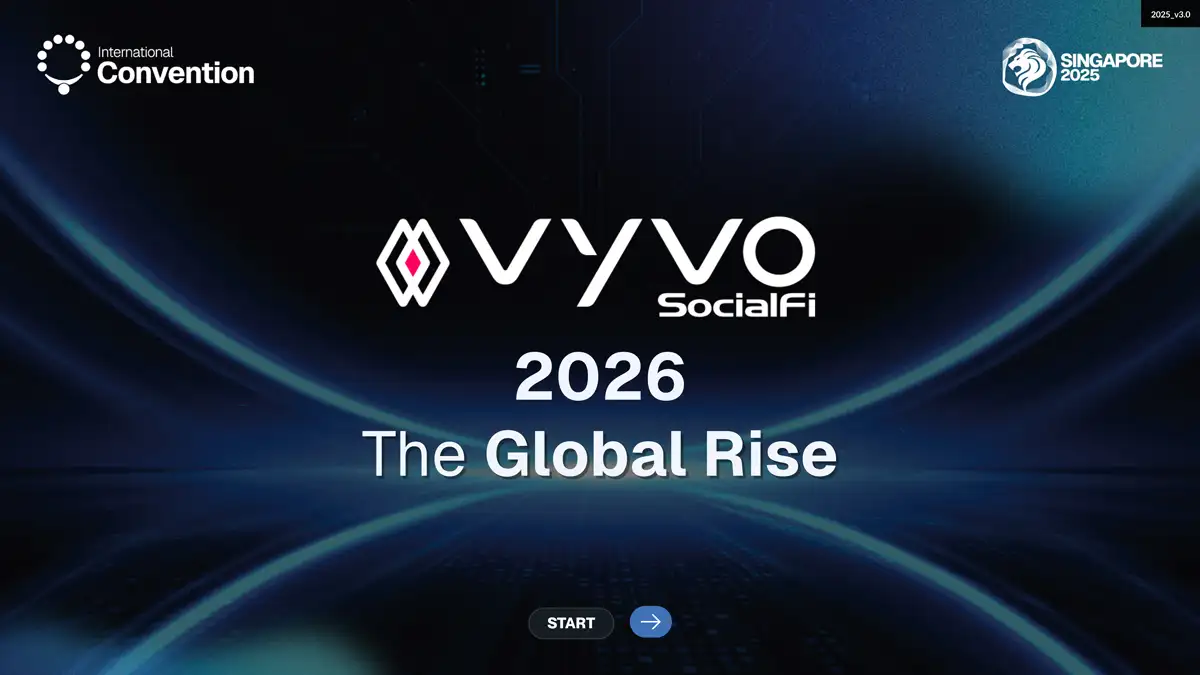
2026 The Global Rise
This Headline Grabs Visitors’ Attention
A short description introducing your business and the services to visitors.


